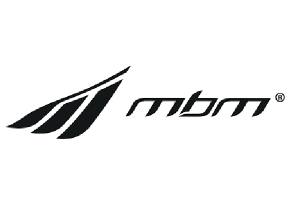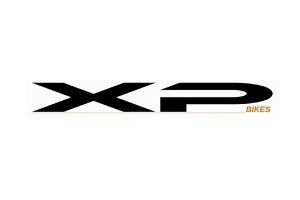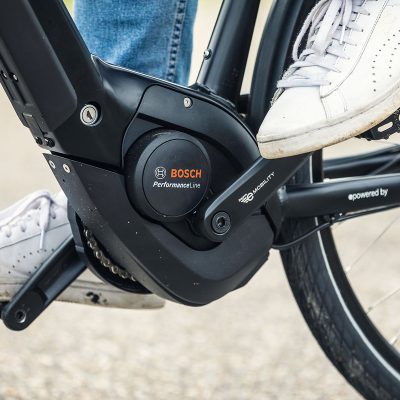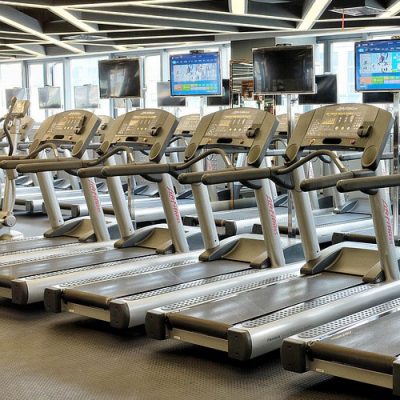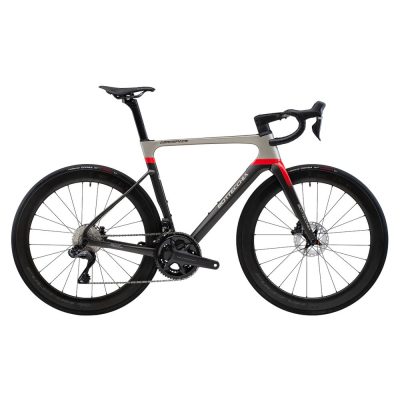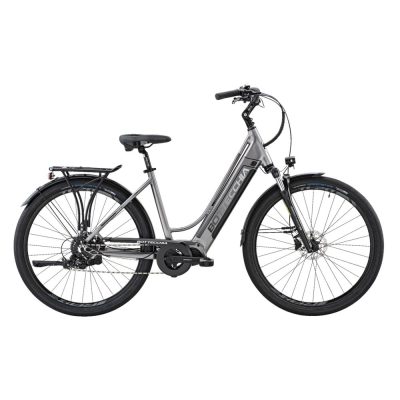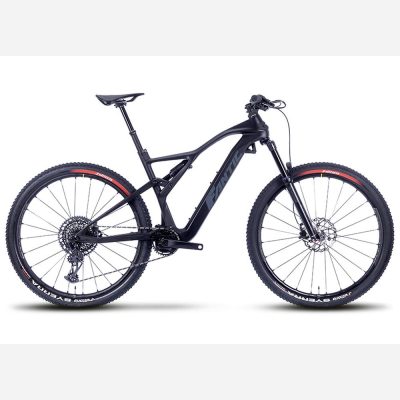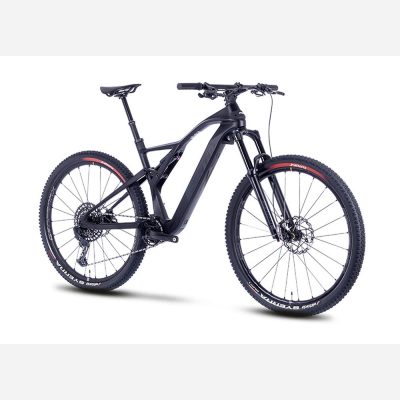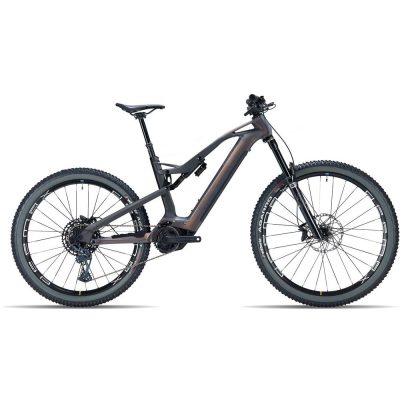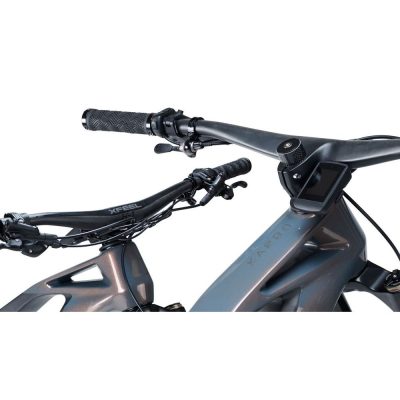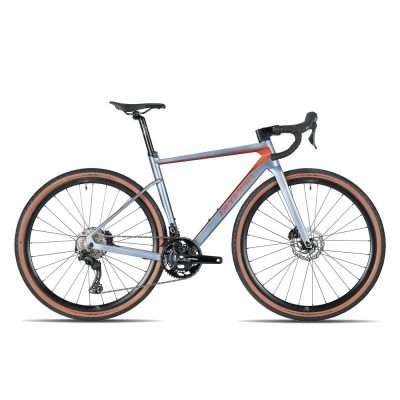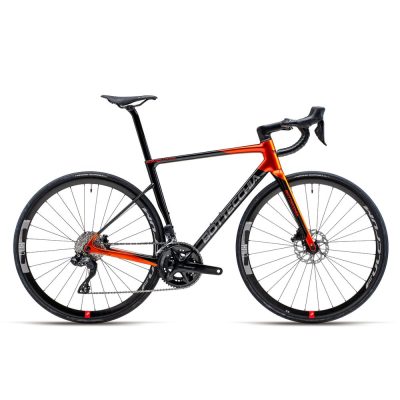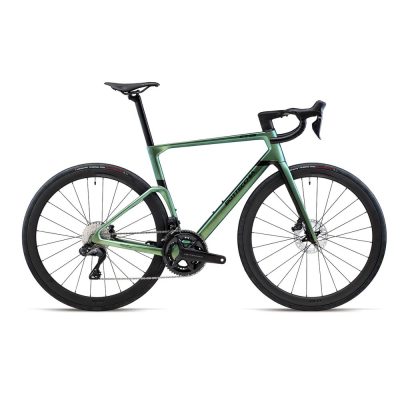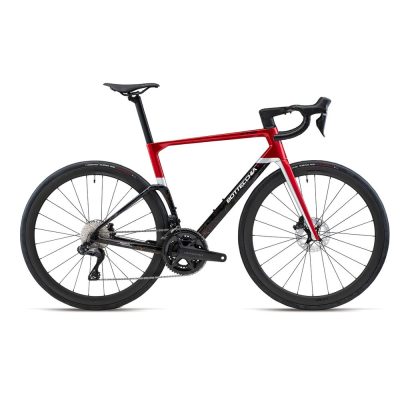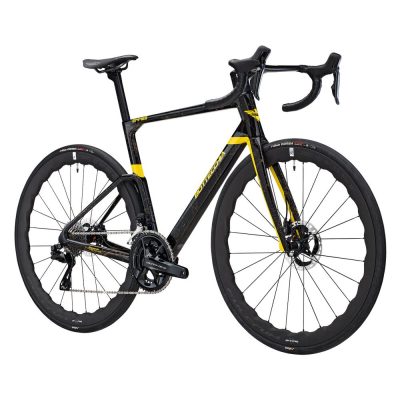Tipologie di prodotti
Trova la bicicletta più adatta a te
Offerte Imperdibili
Bottecchia Aerospace
2.848,00€ – 7.520,00€ Iva Inclusa
Scegli
Questo prodotto ha più varianti. Le opzioni possono essere scelte nella pagina del prodotto
Bottecchia BE22 Cambridge Donna 500wh Promo
Il prezzo originale era: 2.599,00€.1.999,00€Il prezzo attuale è: 1.999,00€. Iva Inclusa
Fantic RAMPAGE 1.4 Race
Il prezzo originale era: 6.690,00€.4.649,00€Il prezzo attuale è: 4.649,00€. Iva Inclusa
Scegli
Questo prodotto ha più varianti. Le opzioni possono essere scelte nella pagina del prodotto
Olympia Karbo 130° Anniversario 900Wh
Il prezzo originale era: 6.947,00€.5.599,00€Il prezzo attuale è: 5.599,00€. Iva Inclusa
Scegli
Questo prodotto ha più varianti. Le opzioni possono essere scelte nella pagina del prodotto
I Nostri Prodotti
Olympia Challenge Gravel Carbonio
Il prezzo originale era: 2.585,00€.2.190,00€Il prezzo attuale è: 2.190,00€. Iva Inclusa
Scegli
Questo prodotto ha più varianti. Le opzioni possono essere scelte nella pagina del prodotto
Bottecchia 8AVIO Ultimate
2.400,00€ – 5.760,00€ Iva Inclusa
Scegli
Questo prodotto ha più varianti. Le opzioni possono essere scelte nella pagina del prodotto
Bottecchia Emme 5
4.400,00€ – 8.000,00€ Iva Inclusa
Scegli
Questo prodotto ha più varianti. Le opzioni possono essere scelte nella pagina del prodotto
Bottecchia Emme 5 Centenario
Il prezzo originale era: 9.999,00€.8.000,00€Il prezzo attuale è: 8.000,00€. Iva Inclusa
Scegli
Questo prodotto ha più varianti. Le opzioni possono essere scelte nella pagina del prodotto
I marchi che potete trovare nei nostri negozi







